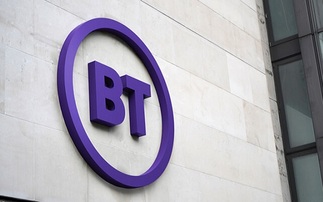The European Network and Information Security Agency advise CIOs on the benefits and pitfalls of smartphones at work
Some 80 million smartphones were sold worldwide in the third quarter of 2010, accounting for 20 per cent of total mobile phone sales, according to a report from the European Network and Information...
To continue reading this article...
Join Computing
- Unlimited access to real-time news, analysis and opinion from the technology industry
- Receive important and breaking news in our daily newsletter
- Be the first to hear about our events and awards programmes
- Join live member only interviews with IT leaders at the ‘IT Lounge’; your chance to ask your burning tech questions and have them answered
- Access to the Computing Delta hub providing market intelligence and research
- Receive our members-only newsletter with exclusive opinion pieces from senior IT Leaders



















